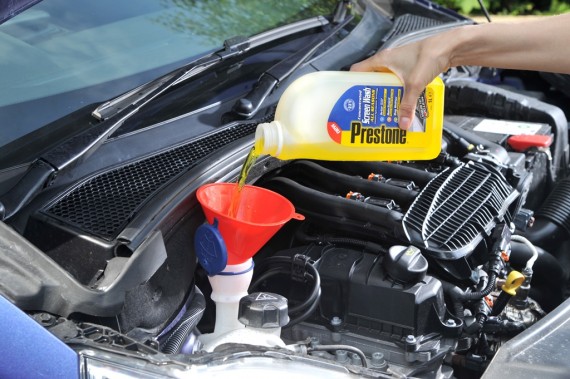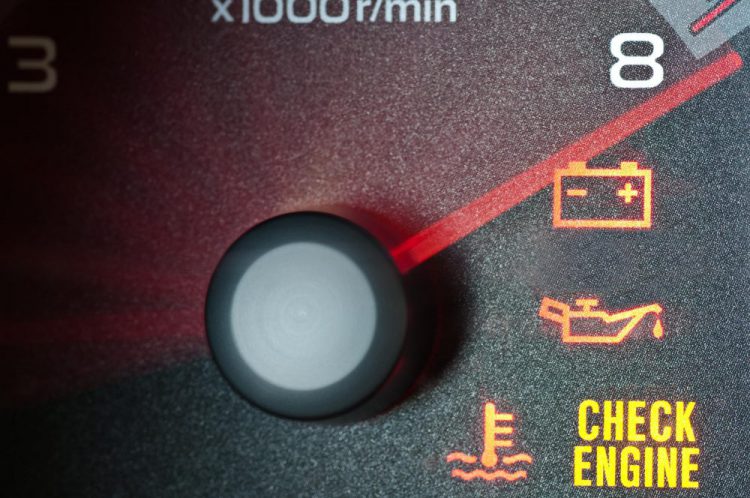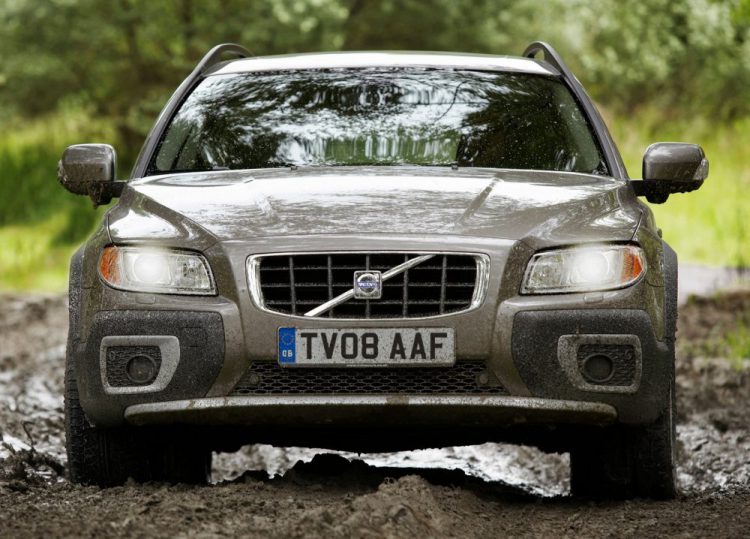
Attribution  by ShotHotspot.com (contact)
by ShotHotspot.com (contact)
With January 2014 the wettest month since records began, driving through flood water or heavy rain is becoming a daily reality for millions of UK drivers. But there are very real dangers to entering deep water ‑ for drivers and their vehicles. Howard Crook of Re-think specialises in teaching drivers to cope with floods. This is his advice on how to avoid damaging your car and potentially endangering your life.
Headlights in heavy rain
The Highway Code states that drivers must switch on their vehicle’s headlights when visibility is reduced, including when driving in heavy rain. This is as much to ensure you can be seen by other road users as seeing clearly yourself.
Adjust your speed to road and weather conditions
The speed limit may be 70mph, for example, but in very heavy rain you should slow down and leave a larger gap between you and the vehicle in front so you can see clearly and stop in good time. It will help avoid the risk of aquaplaning on standing water, too.
Avoid if possible
Green Flag advises against driving in flooded areas unless your journey is essential. Research your route and plan an alternative if you can. And make sure you have spare dry clothing, a flask of hot drink and a mobile phone with important numbers stored, just in case.
Depth gauge
Never enter water without knowing how deep it is. “This can be very difficult,” Howard Crook says. “Flood water is frequently full of silt and very dark, making it difficult to see the road markings. What are the features around telling you? Look at the kerb stones. Can you see them, or are they submerged?”
Rubble trouble
It’s impossible to know what’s happened to a flooded road’s surface. “It’s not unheard of for running water to wash asphalt away or rip up kerb stones and deposit other bits of debris that could damage the car,” Howard explains.
Flow decider
If you’re driving through flowing water, see which direction it’s running. Howard says: “Most people think water flowing across the road is the most dangerous. But water flowing parallel to a road can be just as hazardous. I’ve been in water over a road that is ankle deep but I could barely stand up because the current was so strong. This is because the road’s surface is very smooth so there’s no friction and it means the current could sweep a car into a watercourse.”
Look out
If you decide to try passing through flood water, head for the crown of the road which is typically higher than the edges. Drive in and look out of the window, or if you’re feeling brave, open the door. “If the water is up to you car’s sill, it could be deep enough to float your car. Stop and reverse out,” says Howard. If the water is deeper than 10cm – about a third of the way up your wheel – you should avoid driving through it.
Slow and steady
Your head and heart might be telling you to drive through the flood as quickly as possibly but actually you want to do the exact opposite. Land Rover experts advise entering flood water at about 1-2mph. If tick-over in first gear is faster than this, you need to slip the clutch and keep the revs up. Revving the engine can help prevent water entering the engine through the exhaust pipe.
Make waves
The idea is to push the water aside slowly. This will give you a small depression in front of your car allowing your engine to breathe. You want to avoid your engine sucking water in through its air intake which can result in astronomical bills. Watch out for over-enthusiastic drivers coming the other way too fast: their wave could flood your car. Once you leave the water, push your brake pedal gently to clear excess water from pads.
And if you do conk out…
Get out of the car. Letting water into it may feel wrong but it will reduce the chances of the car floating away. Switch on the hazard-warning lights, don’t leave the bonnet open (in heavy rain, this may only add to the engine damage) then lock the car and call for breakdown assistance.








